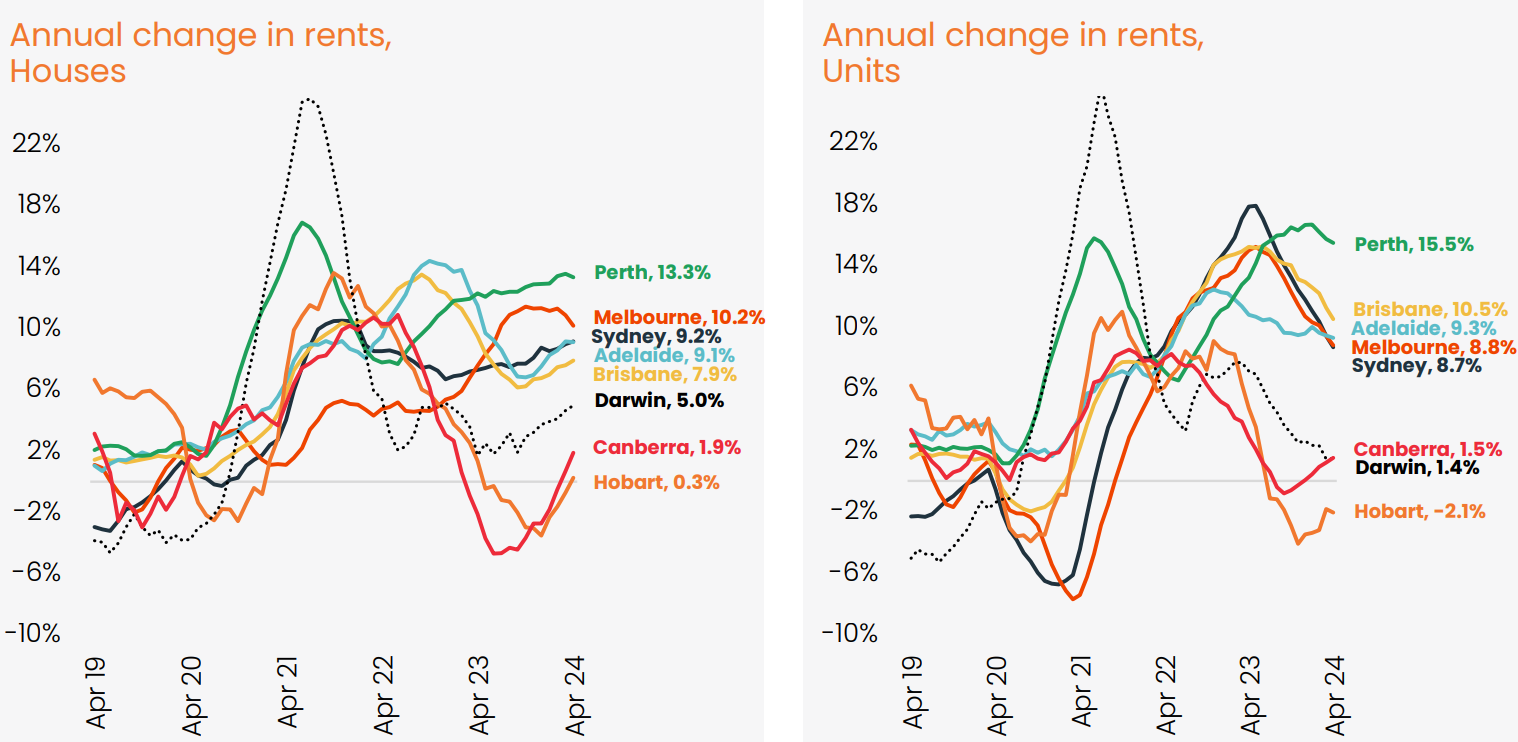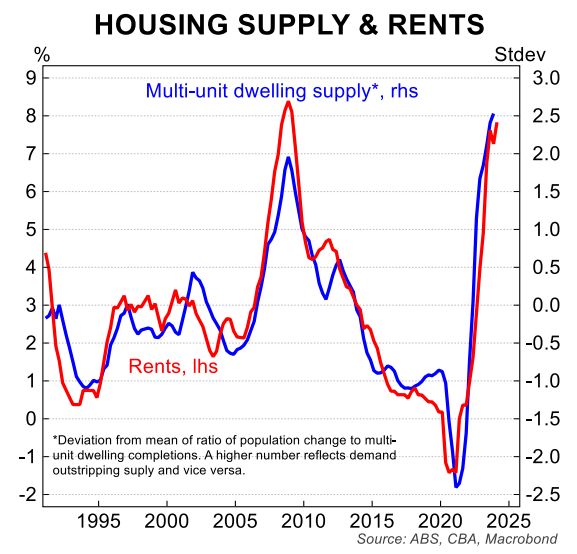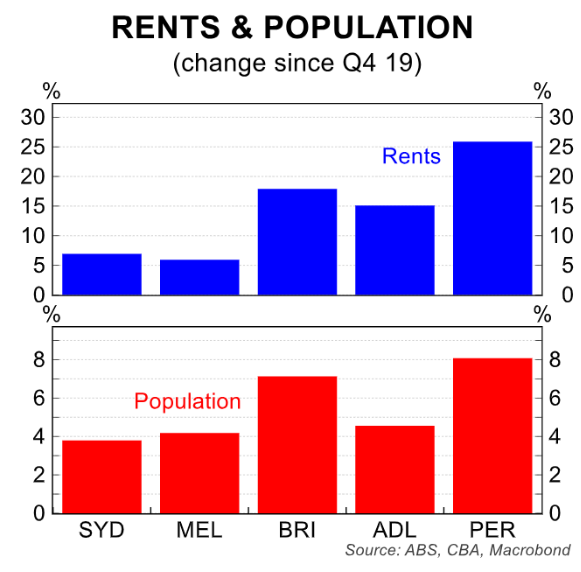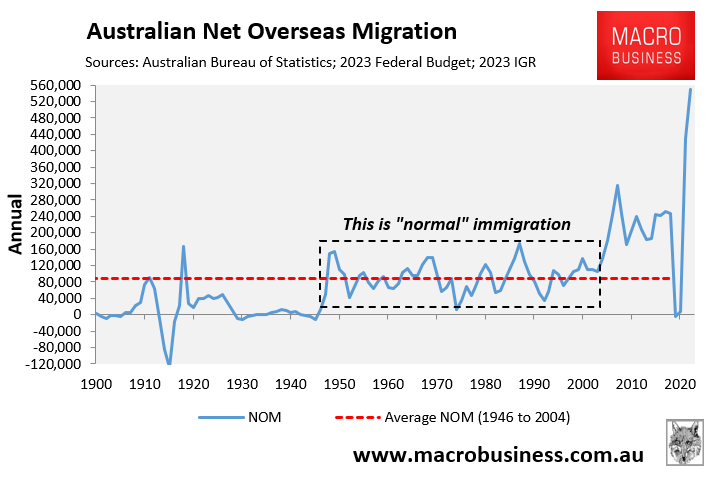Australian rental inflation remains hot, according to CoreLogic’s rental index for April.

Source: CoreLogic
Nationally, rents rose by 0.8% in April, which was a slightly lower rate of growth relative to February and March when the national rental index rose 0.9% and 1.0% respectively.
Most cities’ quarterly rent growth remains above 2.0%, with Perth leading the pack with a 3.9% increase over the previous three months.
Commenting on the result, CoreLogic’s head of research, Tim Lawless, noted that “the slowdown in rental growth is likely to be partly seasonal, with the first quarter of the year generally coinciding with a lift in student demand and new leases at the beginning of the year”.
Lawless also warned that “supply remains extremely short and the trend towards smaller households seen through COVID has been slow to reverse, further amplifying rental demand”.
“It is likely rental growth will remain well above average for some time yet”, Lawless said.
Earlier this week, AMP chief economist Shane Oliver warned that with current immigration rates, Australia should be building around 250,000 homes a year.
Oliver estimates that Australia’s shortage is running at 80,000 homes per year currently.
“Added on to the pre-existing shortfall, we expect the cumulative shortfall of homes to reach around 200,000 by June”, Oliver told The AFR.

Source: AMP
Indeed, analysis from CBA shows that Australia’s rental crisis is being driven by population growth (net overseas migration) running well ahead of housing supply:

The boom in rents across Australia’s capital cities directly matches the corresponding booms in population:

The upshot is that Australia’s rental crisis will continue to run so long as the federal government runs a high immigration policy.

The solution is to slow immigration to a level below the nation’s ability to build housing and infrastructure.

